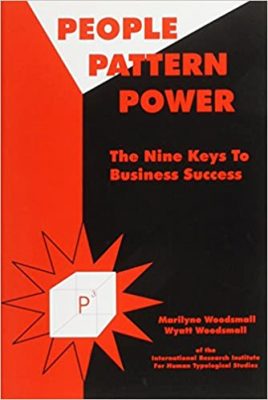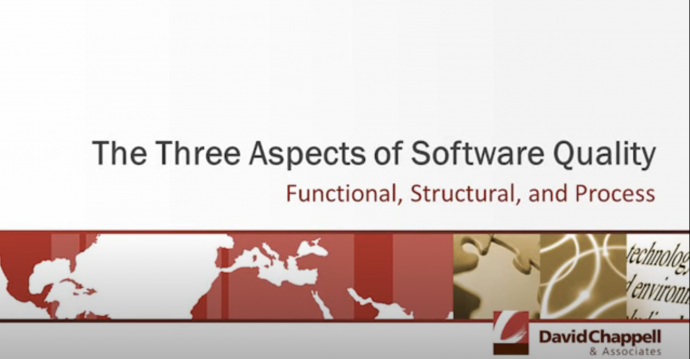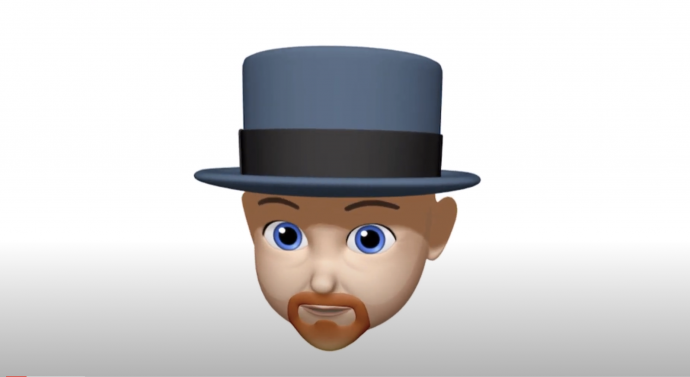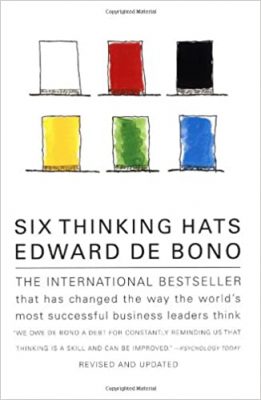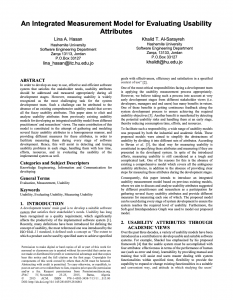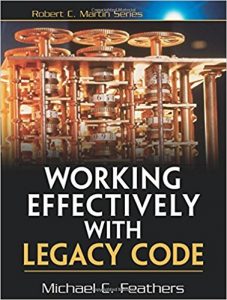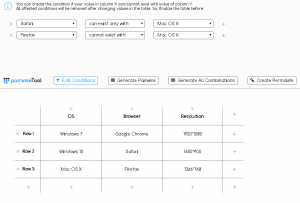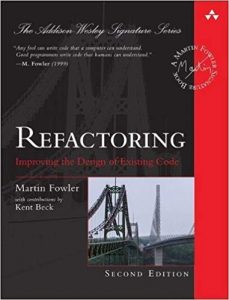Do you hunger for skills to improve the quality of your relationships, to deepen your sense of personal empowerment or to simply communicate more effectively? Unfortunately, for centuries our culture has taught us to think and speak in ways that can actually perpetuate conflict, internal pain and even violence. Nonviolent Communication partners practical skills with a powerful consciousness and vocabulary to help you get what you want peacefully. In this internationally acclaimed text, Marshall Rosenberg offers insightful stories, anecdotes, practical exercises and role-plays that will dramatically change your approach to communication for…
Category: Recommendations
A peek at my setup…
People Pattern Power – The Nine Keys to Business Success
This book is a great guide to understand the people around us. Business or non-business, it does not make a difference. Very powerful indeed if you are open and willing to see through the people that you care about.
The Three Aspects of Software Quality – David Chappell
Our world runs on software. Every business depends on it, every mobile phone uses it, and even every new carrelies on code. Without software, modern civilization would fall apart. Given this reality, the quality of thatsoftware really matters. Because it’s so widely used and so important, low-quality software just isn’t acceptable.But what exactly is software quality? It’s not an easy question to answer, since the concept means different thingsto different people. One useful way to think about the topic is to divide software quality into three aspects:functional quality, structural quality,…
Outcome Over Output – Kent Beck
If you want to improve a business, where do you look for information? Here are four possibilities: * Effort * Output * Outcome * Impact In the next video we’ll describe the tradeoffs between these observations. Also, this is an experiment in a Memoji style of presentation. Let me know what you think in the comments.
Six Thinking Hats – Edward De Bono
Used successfully by thousands of business managers, educators, and government leaders around the world, Six Thinking Hats offers a practical and uniquely positive approach to making decisions and exploring new ideas.Your success in business depends on how you think. “The main difficulty of thinking is confusion,” writes Edward de Bono, long recognized as the foremost international authority on conceptual thinking and on the teaching of thinking as a skill. “We try to do too much at once. Emotions, information, logic, hope, and creativity all crowd in on us. It is like juggling…
An Integrated Measurement Model for Evaluating Usability Attributes
In order to develop an easy to use, effective and efficient software system that satisfies the stakeholder needs, usability attributes should be addressed and measured appropriately during all development stages. However, measuring usability is widely recognized as the most challenging task for the system development team. Such challenge can be attributed to the absence of an existing comprehensive usability model that covers all the fuzzy usability attributes. This paper aims to elicit and analyze usability attributes from previously existing usability models for developing an integrated usability model from different practitioners’…
The Analytic Hierarchy Process
AHP is one of the main mathematical models currently available to support the decision theory. When looking into how organizations decide over which projects to execute, we notice a constant desire to have clear, objective, and mathematical criteria (Haas & Meixner, 2005). However, decision making is, in its totality, a cognitive and mental process derived from the most possible adequate selection based on tangible and intangible criteria (Saaty, 2009), which are arbitrarily chosen by those who make the decisions. This paper also discusses the importance and some possible criteria for…
Working Effectively with Legacy Code – Michael Feathers
In this book, Michael Feathers offers start-to-finish strategies for working more effectively with large, untested legacy code bases. This book draws on material Michael created for his own renowned Object Mentor seminars: techniques Michael has used in mentoring to help hundreds of developers, technical managers, and testers bring their legacy systems under control.This book also includes a catalog of twenty-four dependency-breaking techniques that help you work with program elements in isolation and make safer changes.
Combinatorial Testing
If you still don’t use it to manage your risk factor and calculating the combinations of AUT, take a quick look below; AllPairs Online Tool : https://pairwise.teremokgames.com/4s8/ AllPairs Perl : http://www.satisfice.com/tools/pairs.zip
Refactoring (2nd Edition – 2018): Improving the Design of Existing Code – Martin Fowler
Fully Revised and Updated–Includes New Refactorings and Code Examples “Any fool can write code that a computer can understand. Good programmers write code that humans can understand.” —M. Fowler (1999) For more than twenty years, experienced programmers worldwide have relied on Martin Fowler’s Refactoring to improve the design of existing code and to enhance software maintainability, as well as to make existing code easier to understand. This eagerly awaited new edition has been fully updated to reflect crucial changes in the programming landscape. Refactoring, Second Edition, features an updated catalog of refactorings and includes…

